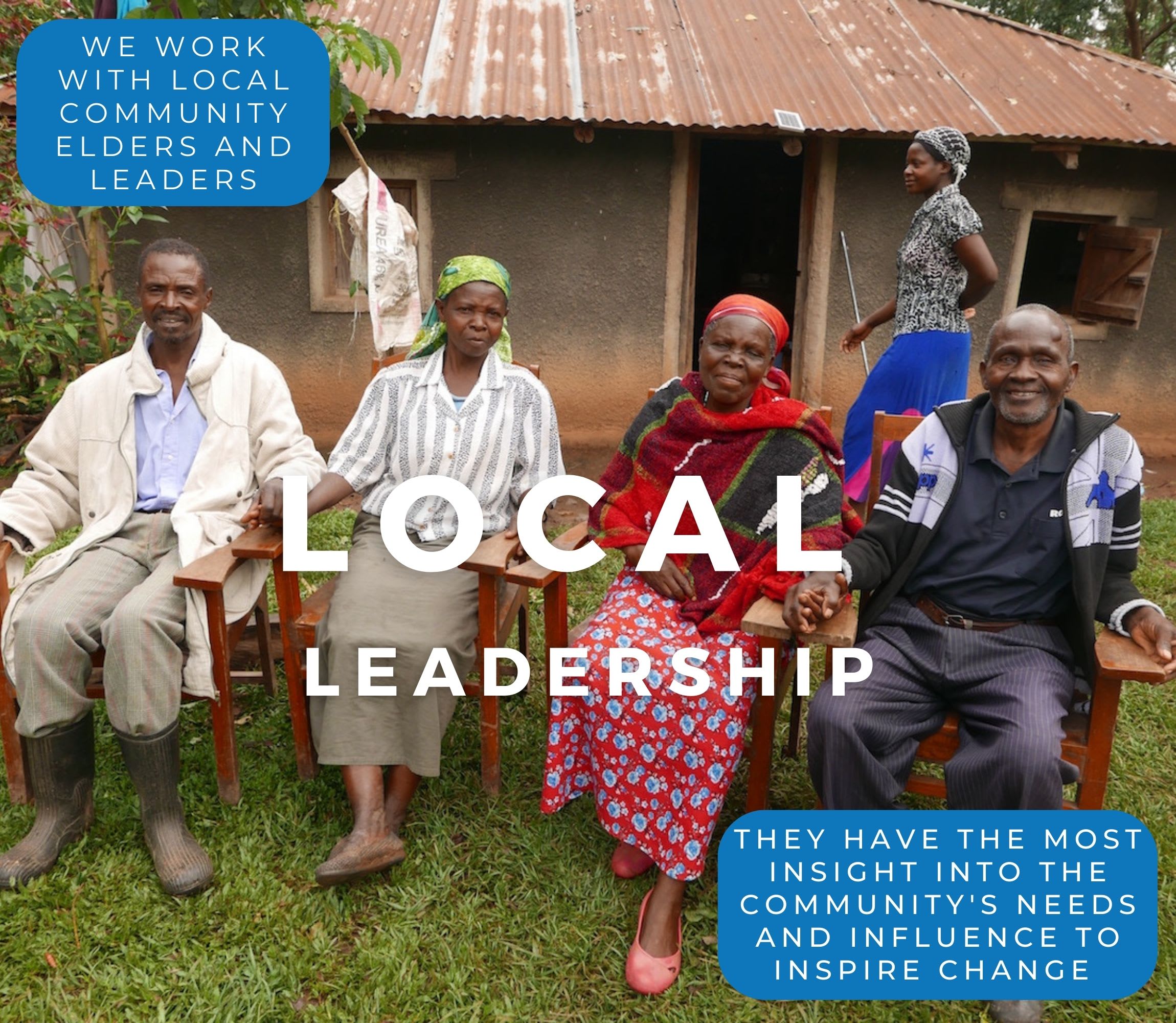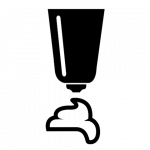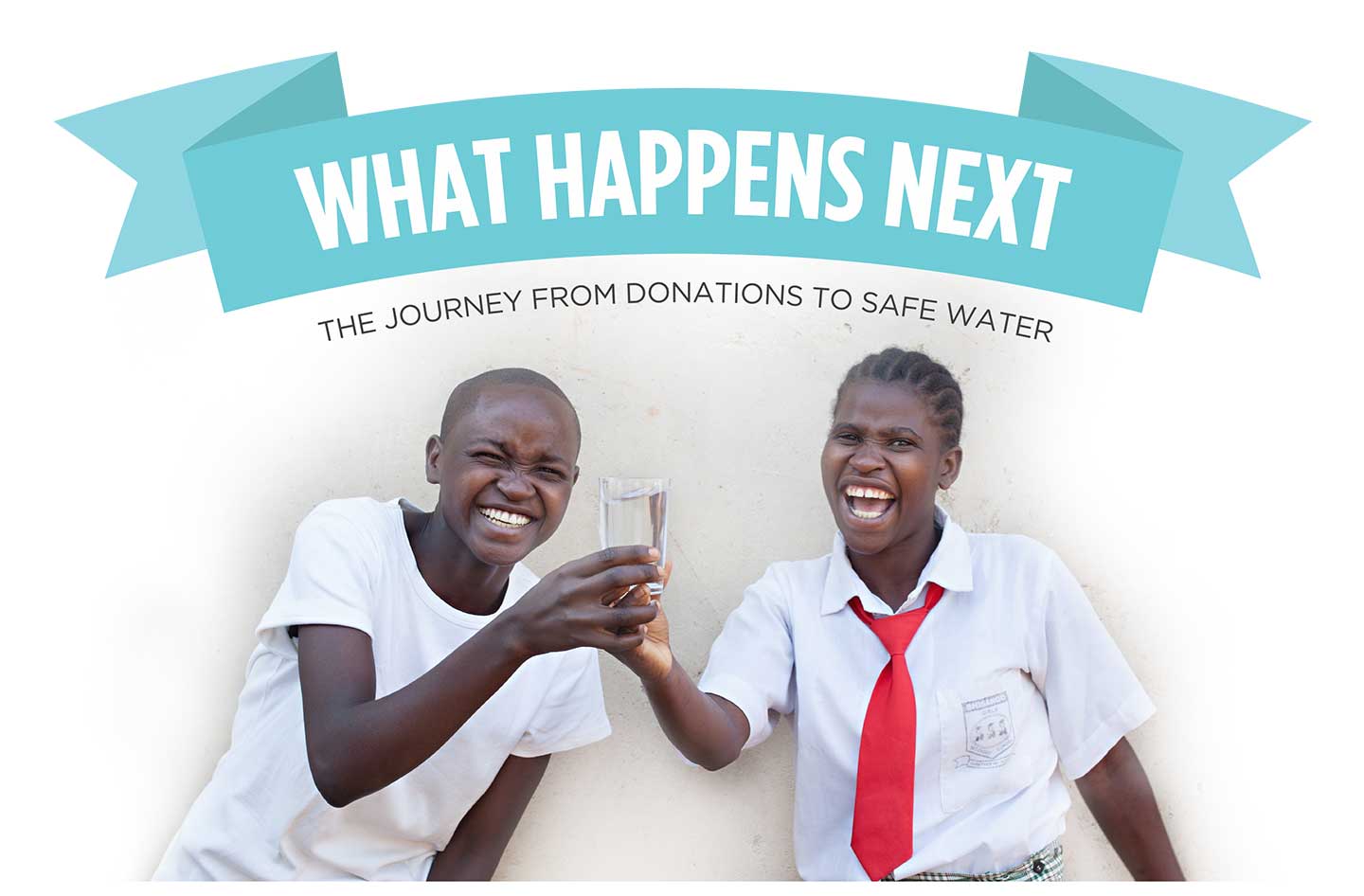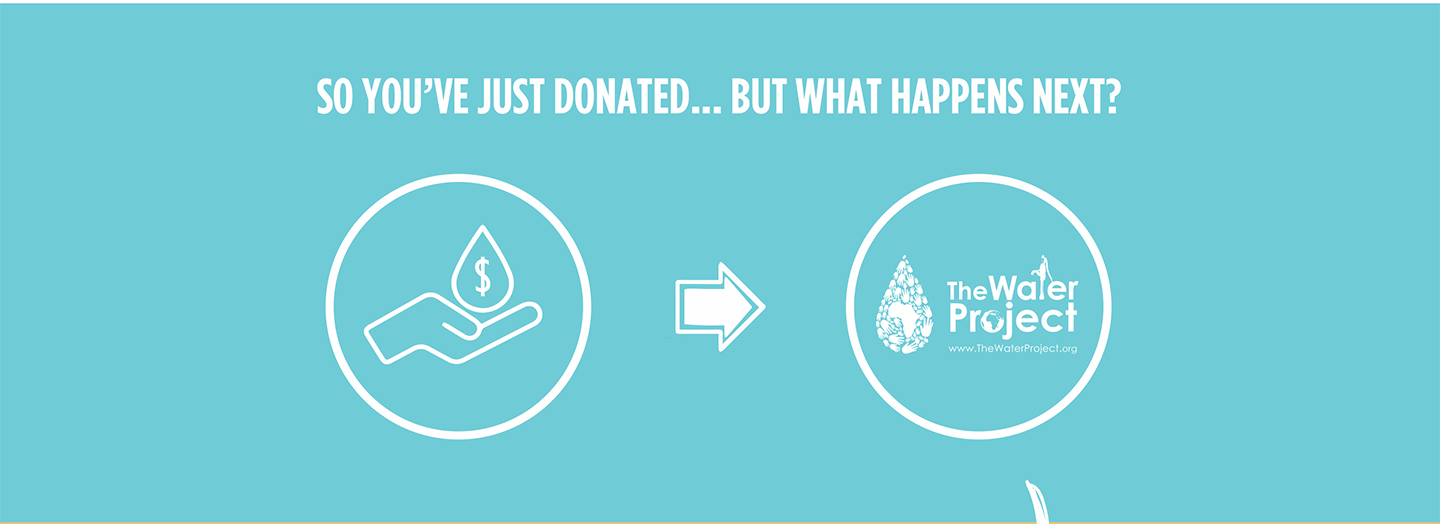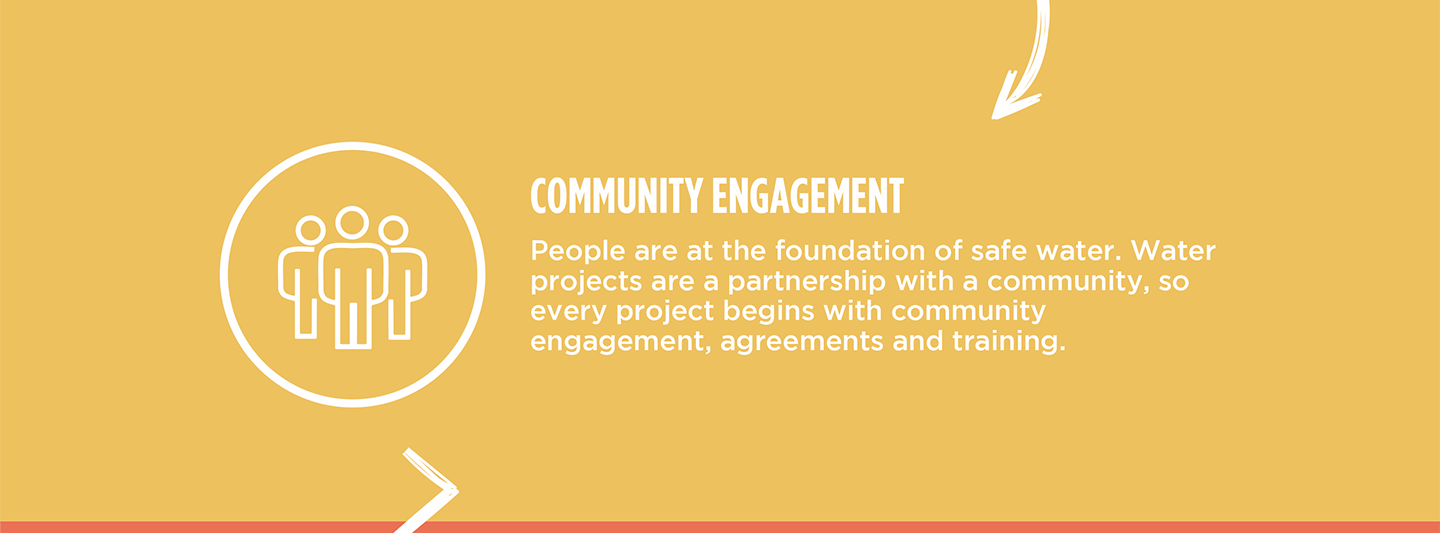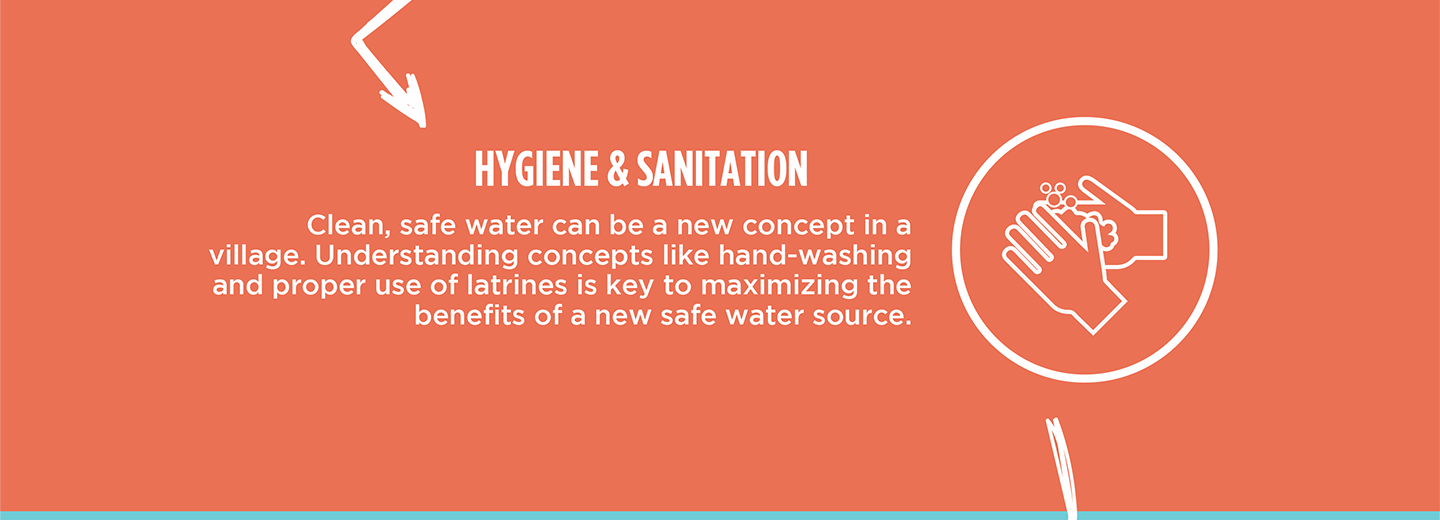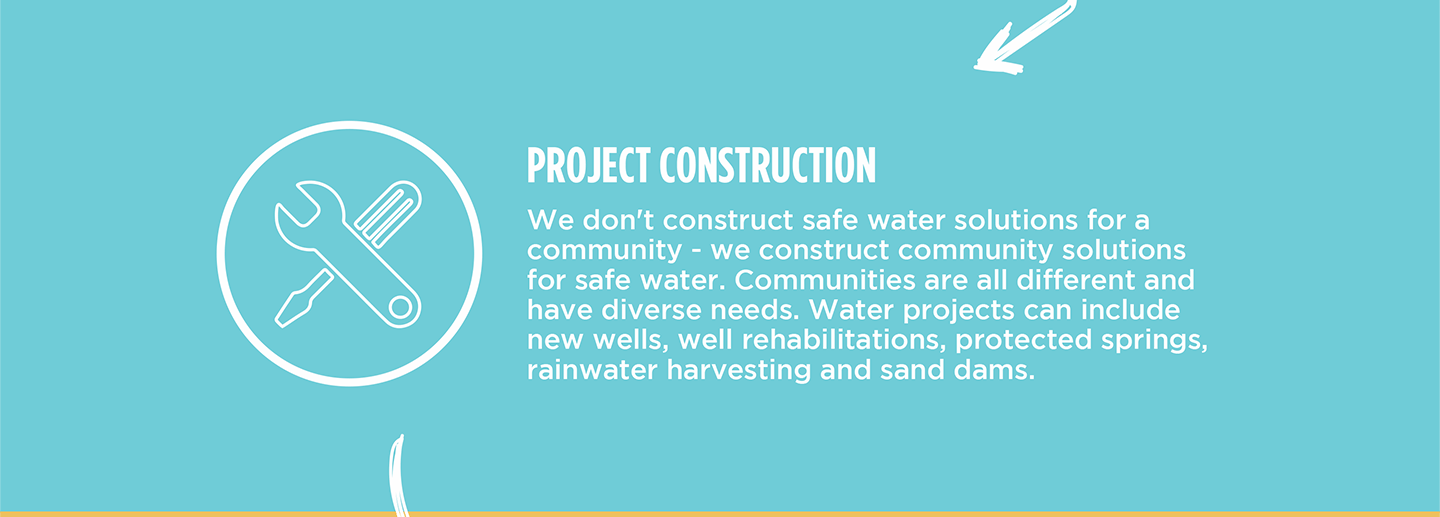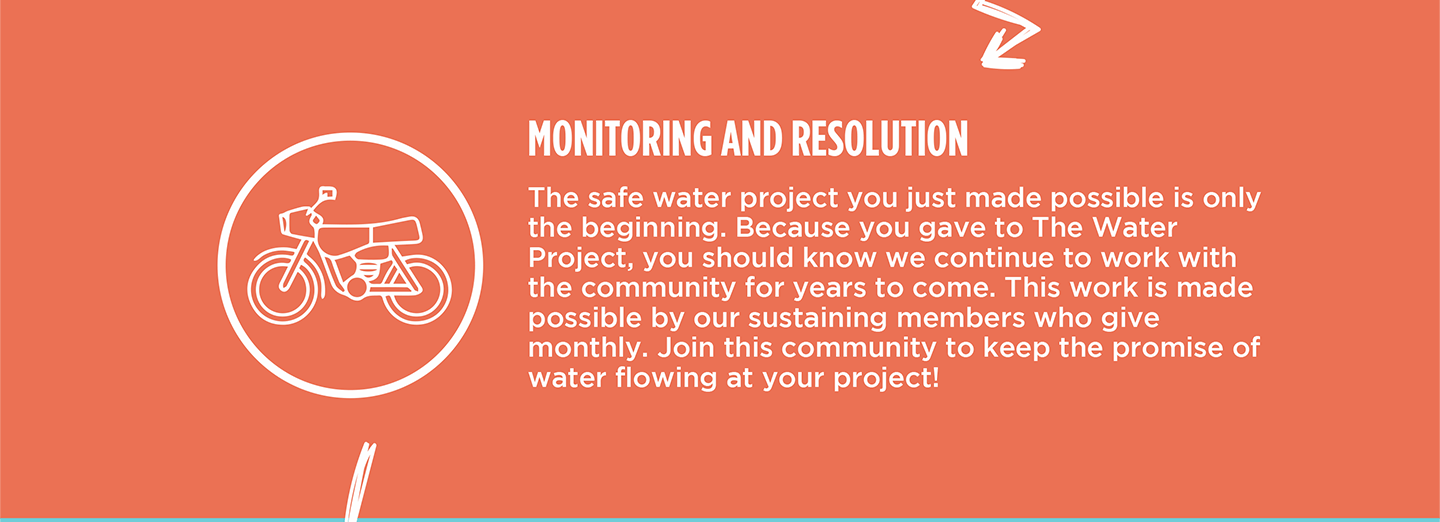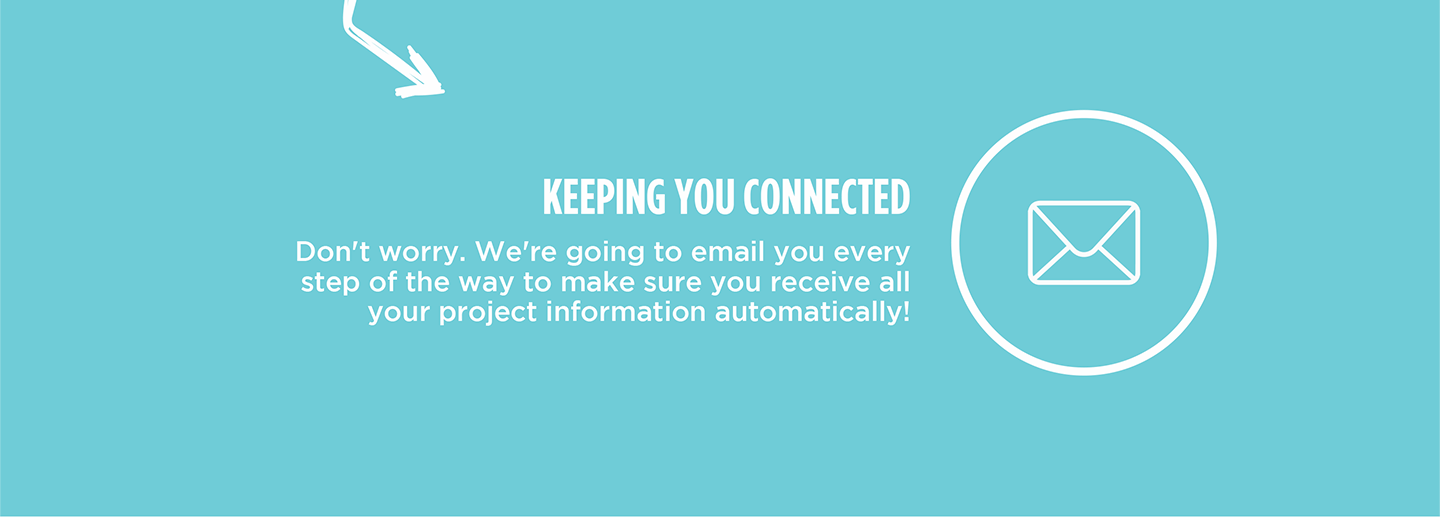The Shinoko Community, consisting of 300 individuals, faces challenges in obtaining an adequate water supply. Their primary source of water, Shinoko Spring, is unprotected although community members did attempt to protect it in the past without the needed expertise. In its current condition, it poses a serious risk of injury or worse due to a wall looming over the collection point. As a result, collecting water from this source is precarious.

Farmer Tom Masitsa, pictured below farming, shared his experience with the unprotected spring. "The condition of this spring has made me look for well-wishers who can help us to protect it. We tried, but we lacked the technical aspects. This spring never goes dry, but our wives and children suffer. It is difficult to collect water because one has to bend so low to access it. The wall also poses a great risk of accident."

It is extremely difficult and dangerous to collect water at this spring, but that is not the only problem.
Because the spring is not protected, it is open to contamination. Community members must fetch water early in the day because the water becomes more and more contaminated as the day goes on. To reach the spring, people walk through farmland and then step into the water to reach the discharge spout contaminating the water further. In addition, animal and human waste and runoff from the local fields wash directly into the spring whenever it rains, making the matter worse.

"I personally prefer to choose other chores over coming to collect water because I feel it is tiresome. To access water, I have to jump inside and collect water overhead, and in this process, loose soil drop[s] in and make[s] the water dirty. Before the borehole drilling in our school, we could get to school late just wasting time here trying to collect water," shared student Joseph M., shown fetching water below.

The spring protection in their community will ease Tom's concern for his family's safety while collecting water and make it so Joseph and other children are no longer at risk while fetching water for their homes. Protecting the spring will ensure community members have access to sufficient, safe water for years.
The Proposed Solution, Determined Together...
At The Water Project, everyone has a part in conversations and solutions. We operate in transparency, believing it benefits everyone. We expect reliability from one another as well as our water solutions. Everyone involved makes this possible through hard work and dedication.
In a joint discovery process, community members determine their most advantageous water solution alongside our technical experts. Read more specifics about this solution on the What We're Building tab of this project page. Then, community members lend their support by collecting needed construction materials (sometimes for months ahead of time!), providing labor alongside our artisans, sheltering and feeding the builders, and supplying additional resources.
Water Access for Everyone
This water project is one piece in a large puzzle. In Kenya, Sierra Leone, and Uganda, we're working toward complete coverage of reliable, maintained water sources that guarantee public access now and in the future within a 30-minute round trip for each community, household, school, and health center. One day, we hope to report that this has been achieved!
Training on Health, Hygiene & More
With the community's input, we've identified topics where training will increase positive health outcomes at personal, household, and community levels. We'll coordinate with them to find the best training date. Some examples of what we train communities on are:
- Improved hygiene, health, and sanitation habits
- Safe water handling, storage & treatment
- Disease prevention and proper handwashing
- Income-generation
- Community leadership, governance, & election of a water committee
- Operation and maintenance of the water point
Chlorine Dispensers
Installing chlorine dispensers is an important piece of our spring protection projects. Protecting a spring provides community members with an improved water source, but it doesn’t prevent contamination once the water is collected and stored. For example, if the water is clean and the container is dirty, the water will become contaminated.
We ensure that each chlorine dispenser is filled with diluted chlorine on a consistent schedule so that people can add pre-measured drops to each container of water they collect. That way, community members can feel even more confident in the quality of their water.




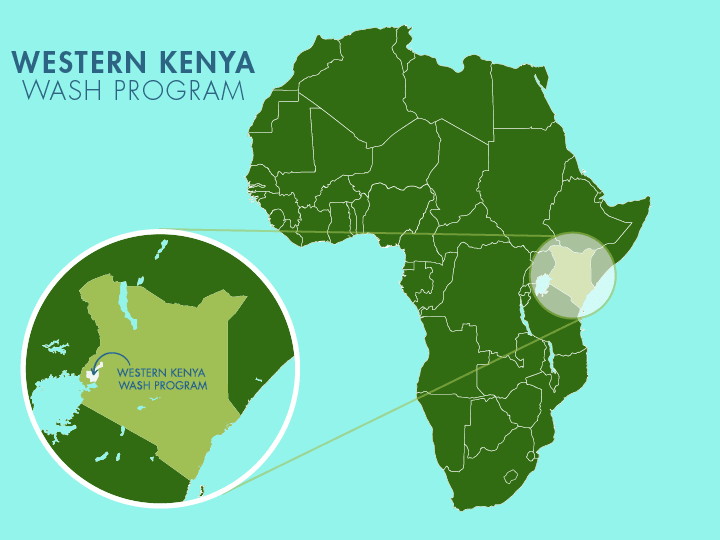
 Protected Spring
Protected Spring
 Rehabilitation Project
Rehabilitation Project

